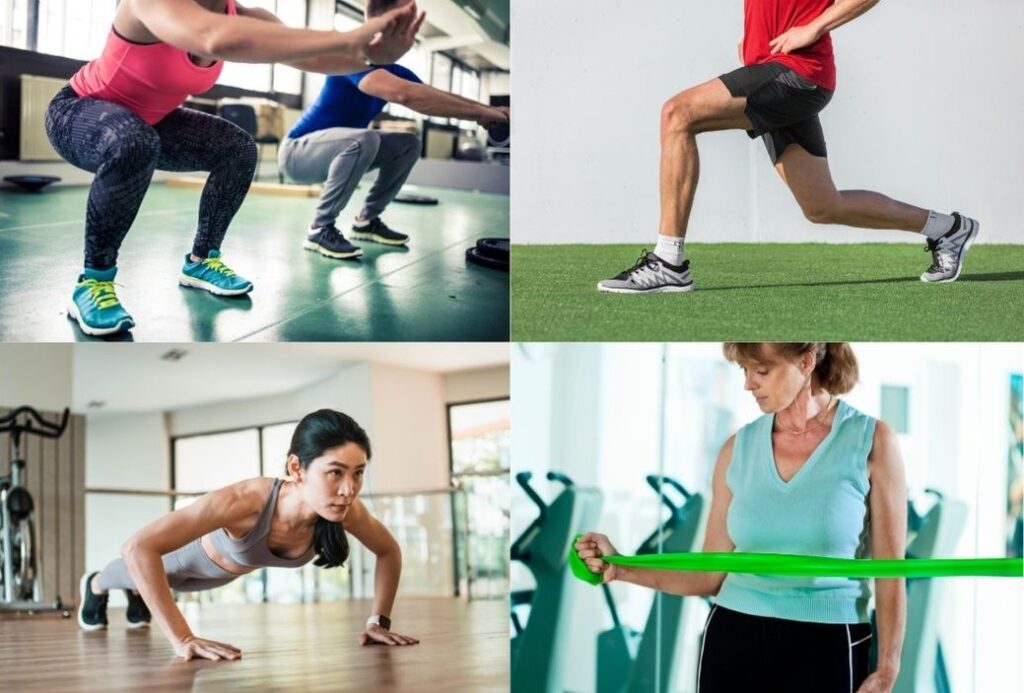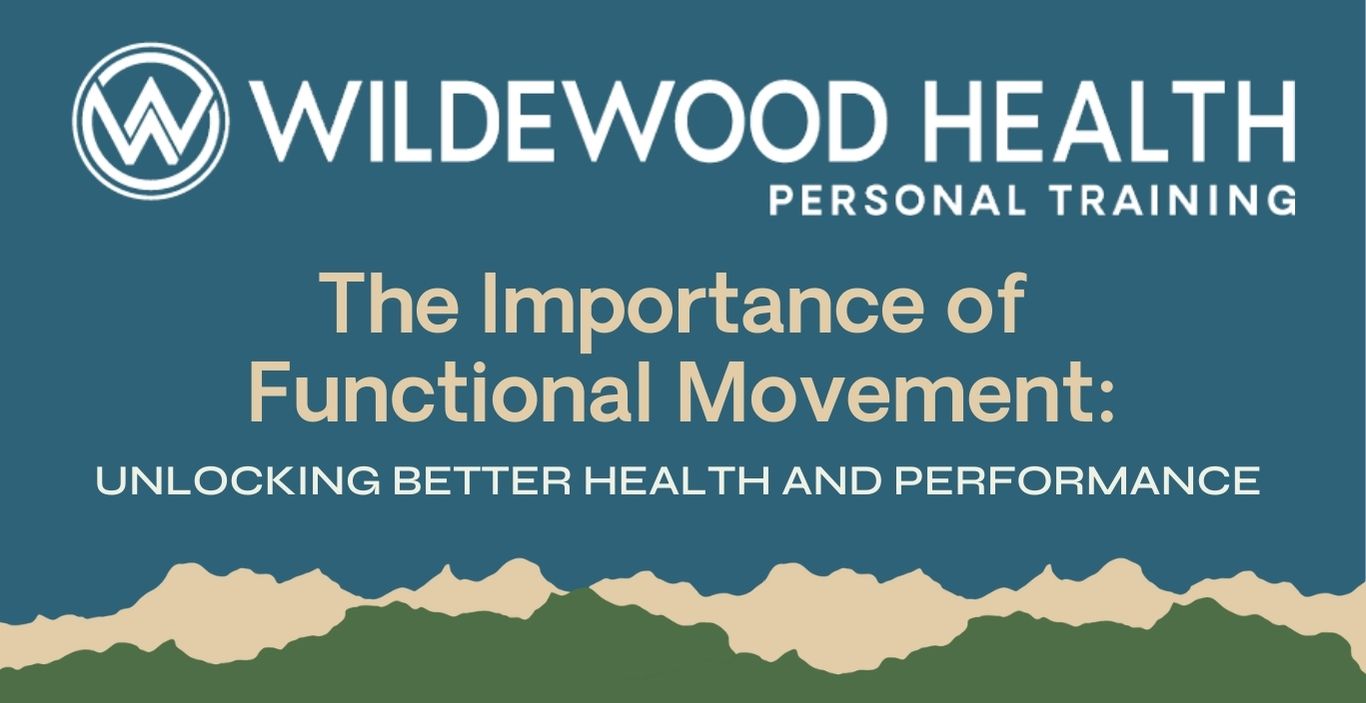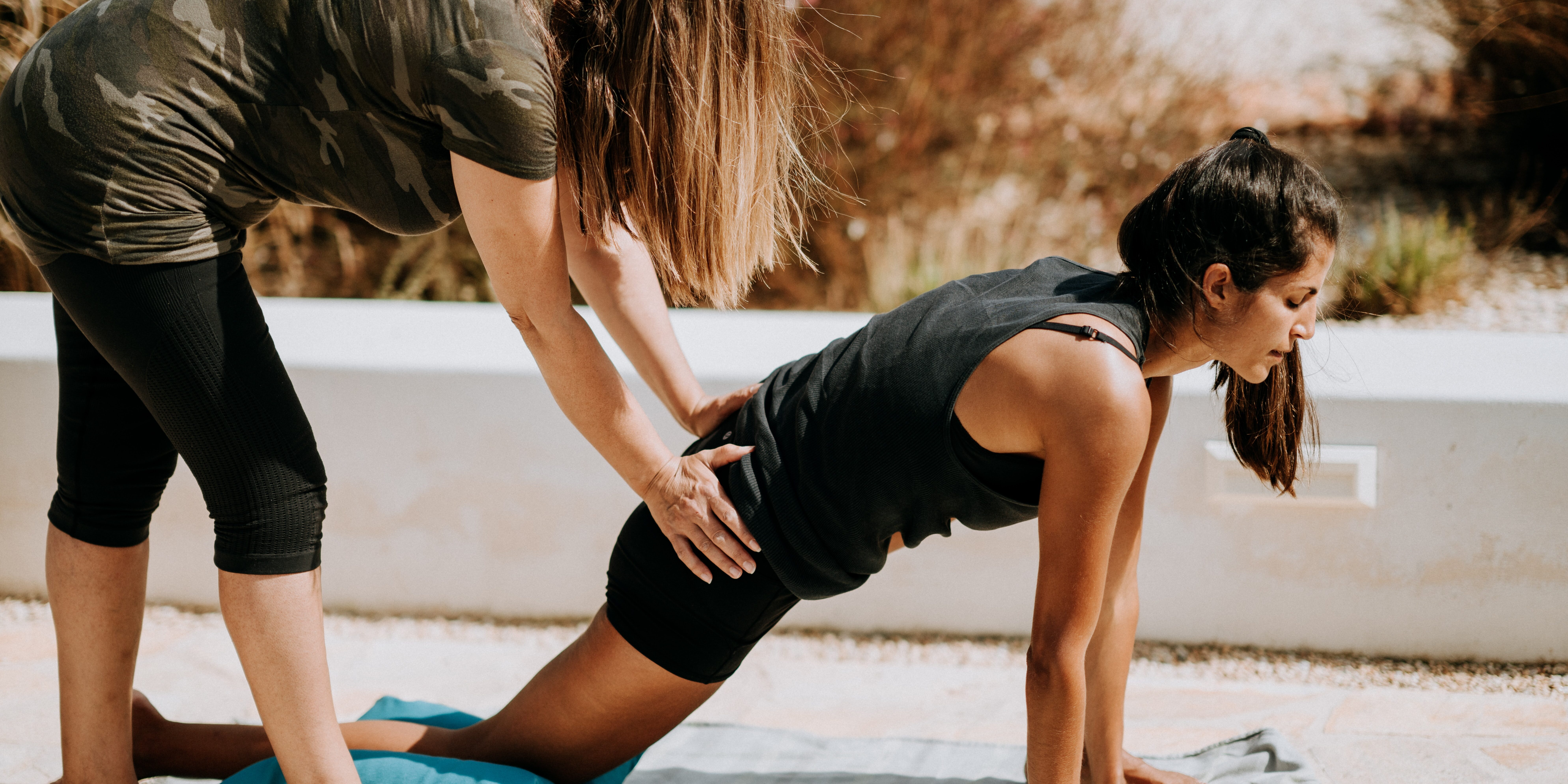Introduction
Functional movement refers to exercises and activities that mimic the natural movements we perform every day. From bending down to tie your shoes to lifting a grocery bag, our bodies were designed to move in specific ways. But in a world full of sedentary lifestyles and isolated exercises, functional movement is often overlooked. However, its importance can’t be overstated. Whether you’re an athlete, a weekend warrior, or someone just looking to move better in everyday life, understanding and integrating functional movement into your routine can lead to improved strength, mobility, and overall health.
What is Functional Movement?
Functional movement focuses on exercises that engage multiple joints and muscle groups, mimicking real-world actions. Think squatting, lunging, twisting, and lifting, which involve the natural range of motion your body needs for daily tasks. Unlike isolated exercises (like bicep curls or leg extensions), functional movements help improve coordination, balance, and flexibility in a way that directly translates into everyday life.
Examples of functional movements include:
- Squats: Mimic sitting down and standing up
- Lunges: Reflect walking, climbing stairs, or getting in and out of a car
- Push-ups: Reflect pushing, such as opening doors or lifting objects
- Rotational movements: Help with turning and twisting motions in daily activities

Why Is Functional Movement Important?
- Improves Everyday Performance
Functional movement patterns are the basis of what our bodies were built to do. Incorporating them into your routine improves your ability to perform daily tasks with ease, whether it’s lifting heavy boxes, getting out of bed, or playing with your kids. - Prevents Injuries
When you train your body to move correctly, it helps reduce the risk of injury. Functional movement emphasizes mobility, stability, and strength, making your muscles and joints more adaptable to the demands placed on them in real life. This means you’re less likely to strain or injure yourself while performing simple tasks or engaging in more intense physical activities. - Enhances Posture and Core Strength
Functional movements engage the core in nearly every exercise, which improves posture and stability. Better posture reduces the risk of back and neck pain and ensures that your body is aligned, reducing the risk of developing chronic pain. - Increases Flexibility and Mobility
Regular practice of functional movements helps maintain or even improve your flexibility and range of motion. This makes it easier to bend, stretch, and perform physical tasks with minimal discomfort, especially as you age. For example, getting into a deep squat helps preserve hip mobility and joint health. - Boosts Athletic Performance
For athletes, functional movement is key. Whether you’re sprinting, lifting, or playing a team sport, functional movement drills help your body move as a unit, improving your performance. It helps build the strength and agility necessary for competition, ensuring that you’re ready for whatever physical demands come your way.
How to Incorporate Functional Movement into Your Routine
- Start with the Basics: Begin with simple exercises like squats, lunges, and push-ups, focusing on form and control.
- Use Multi-Joint Movements: Choose exercises that target multiple muscle groups, like deadlifts, kettlebell swings, or medicine ball throws.
- Add Variability: Your body is constantly adapting. Mix up movements, add weight, and change your range of motion to challenge your muscles in different ways.
- Mind Your Posture: Pay attention to your form in each exercise. Proper posture and alignment are essential for effective functional movement.
- Progress Gradually: Don’t rush into advanced movements. Build a foundation of basic functional exercises before progressing to more complex movements.
Conclusion
Incorporating functional movement into your workout routine is one of the best ways to enhance overall health, prevent injury, and improve your quality of life. Whether you’re aiming to move better in daily life or boost athletic performance, prioritizing functional movement will set you up for long-term success. The beauty of functional training lies in its practicality—it’s not just about looking strong, but about moving well, feeling confident, and staying injury-free as you navigate life’s challenges.






